Samsung Galaxy S25 Plus vs. Google Pixel 9 Pro
The Samsung Galaxy S25 Plus and Google Pixel 9 Pro are both solid choices in the Android phone space, making it a challenge to choose.

The hottest Galaxy in town
Big, bright, and bold, the Samsung Galaxy S25 Plus is great for those who want a larger-screened phone with a powerful processor for gaming, AI tasks, photo and video capture, and more. With the Snapdragon 8 Elite processor, you'll notice a significant boost in performance.
For
- Snappy Snapdragon 8 Elite processor
- Comes with the latest Samsung One UI 7
- Seven years of OS and security updates
- Bright and beautiful high-res screen
Against
- Front camera isn't as good
- Less RAM
- No 1TB storage option
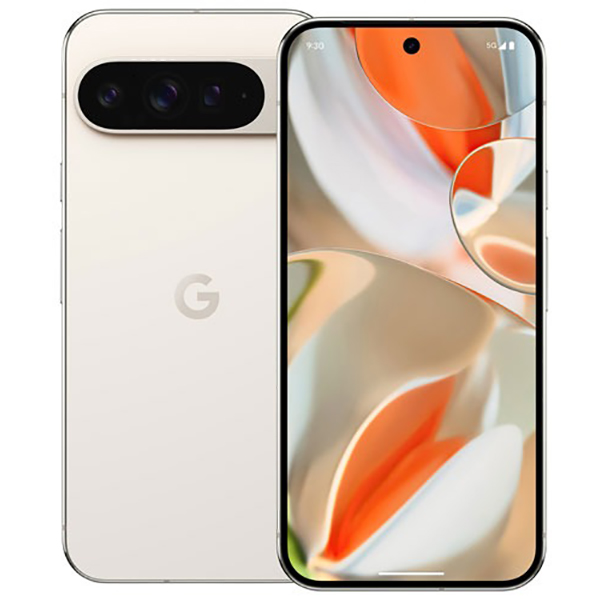
An affordable rival
While the Google Pixel 9 Pro is older, it's still a current phone that's supported for many generations to come. With many of the same AI features, powered by Google's own Gemini platform, you won't be disappointed with this device, and can save a few buck in the process if you find it on sale.
For
- Fabulous cameras and photo editing features
- Tons of AI integration
- Up to 1TB storage option
- Speedier RAM
- Seven years of OS and security updates
Against
- Isn't a massive jump from the Pixel 9
- Older device
If you’re looking for a premium Android device, you may want to look no further than two of the top brands in the business and two of their latest phones. This includes the Samsung Galaxy S25 Plus and Google Pixel 9 Pro. Both these devices are fantastic options from their respective brands. They offer compelling features, including AI, are durable and long-lasting, and will be supported for many years. How do you choose? We’re here to help.
Samsung Galaxy S25 Plus vs. Google Pixel 9 Pro: How they look and basics
Why you can trust Android Central
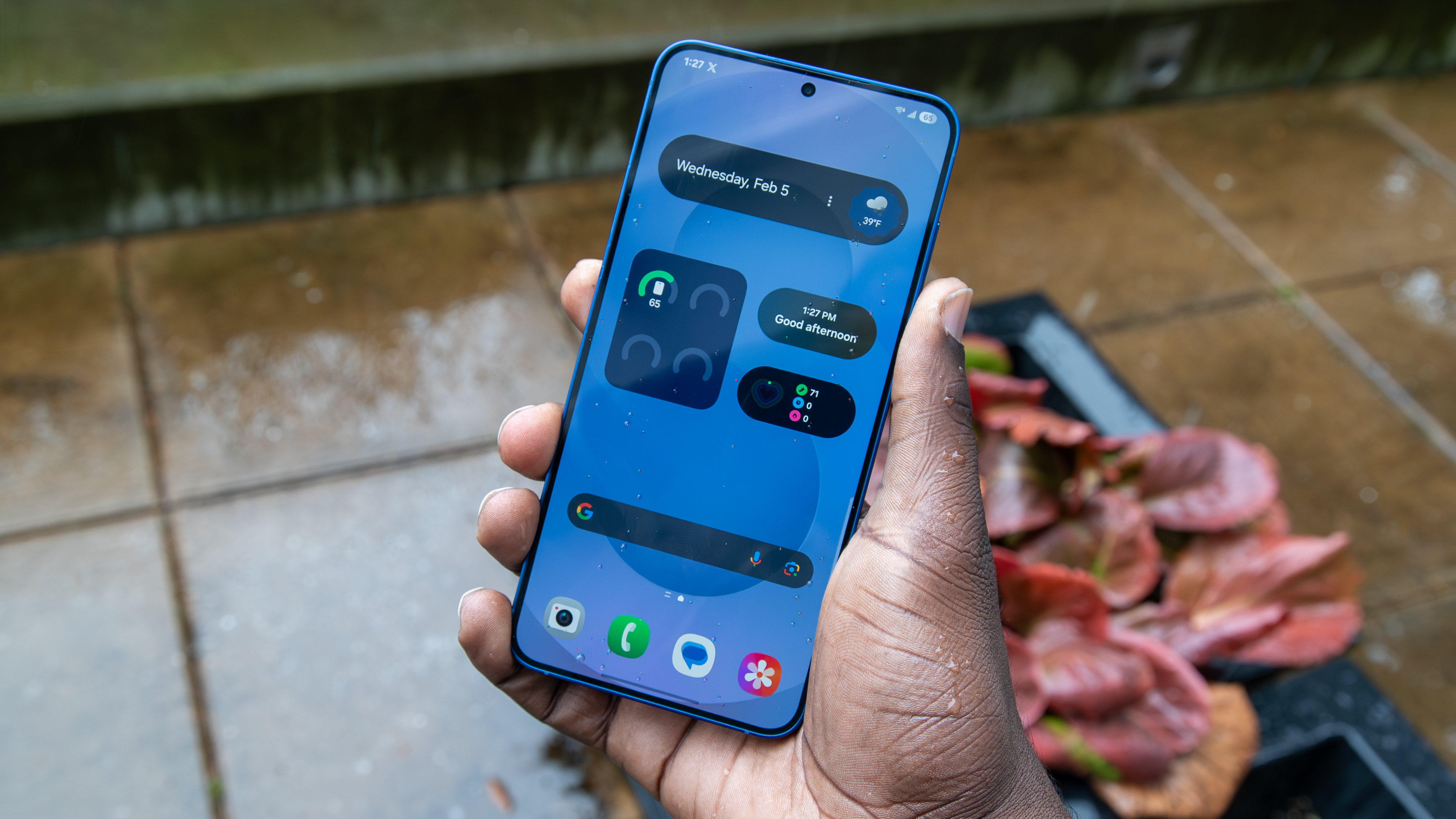
The Samsung Galaxy S25 Plus is, like with previous generation Galaxy devices, the larger version of the entry-level phone in the new line. Available in Silver Shadow, Navy, Icy Blue, or Mint, it has a 6.7-inch 3,120 x 1,440 QHD+ dynamic AMOLED 2x screen with a 120Hz adaptive refresh rate and Vision Booster for clear views in bright sunlight.
It’s made of Corning Gorilla Glass Victus 2 with an armor aluminum frame and IP68 rating. Curved corners make it comfortable in your hand, Nicholas Sutrich says in his Galaxy S25 Plus hands-on. He loves that it’s lighter than the previous generation Galaxy S24 device as well. But Derrek Lee points out in his review that the sharp corners and flat back scream for use of a case to avoid scratches and the sharpness touching your fingers.
He adds that it looks virtually identical to the Galaxy S24, with just very subtle tweaks, even going so far as to call the design "boring." The one exception, Lee adds, is the stunning Navy finish, which is the one he'd recommend getting.
Available with 256GB or 512GB storage, twice as much as the smaller Galaxy S25 (but less than the top option for the Google Pixel 9 Pro), it’s equipped with a 4,900mAh battery that supports 45W Super Fast Charging 2.0 as well as fast wireless charging and Wireless PowerShare. Lee, however, says it crawls while charging, despite the specs (and noting that he is using a third-party charger from a reputable brand versus a Samsung branded charger). It does support Qi2 charging as well, but you'll need a case.
It meets an IP68 rating for water and dust resistance, which is good though Lee wishes Samsung would up its game to match competitors with an IP69 rating instead.
For biometric security, you get an ultrasonic fingerprint reader on the screen as well as 2D facial recognition. The phone measures much larger than the Galaxy S25, hence the Plus name designation, though it’s only a smidge thicker. There’s also a new feature called post-quantum cryptography that safeguards your personal data against threats.
You’ll get seven years of OS and security updates with this phone, something that Samsung has committed to with all its recent Galaxy smartphone launches over the last several years.
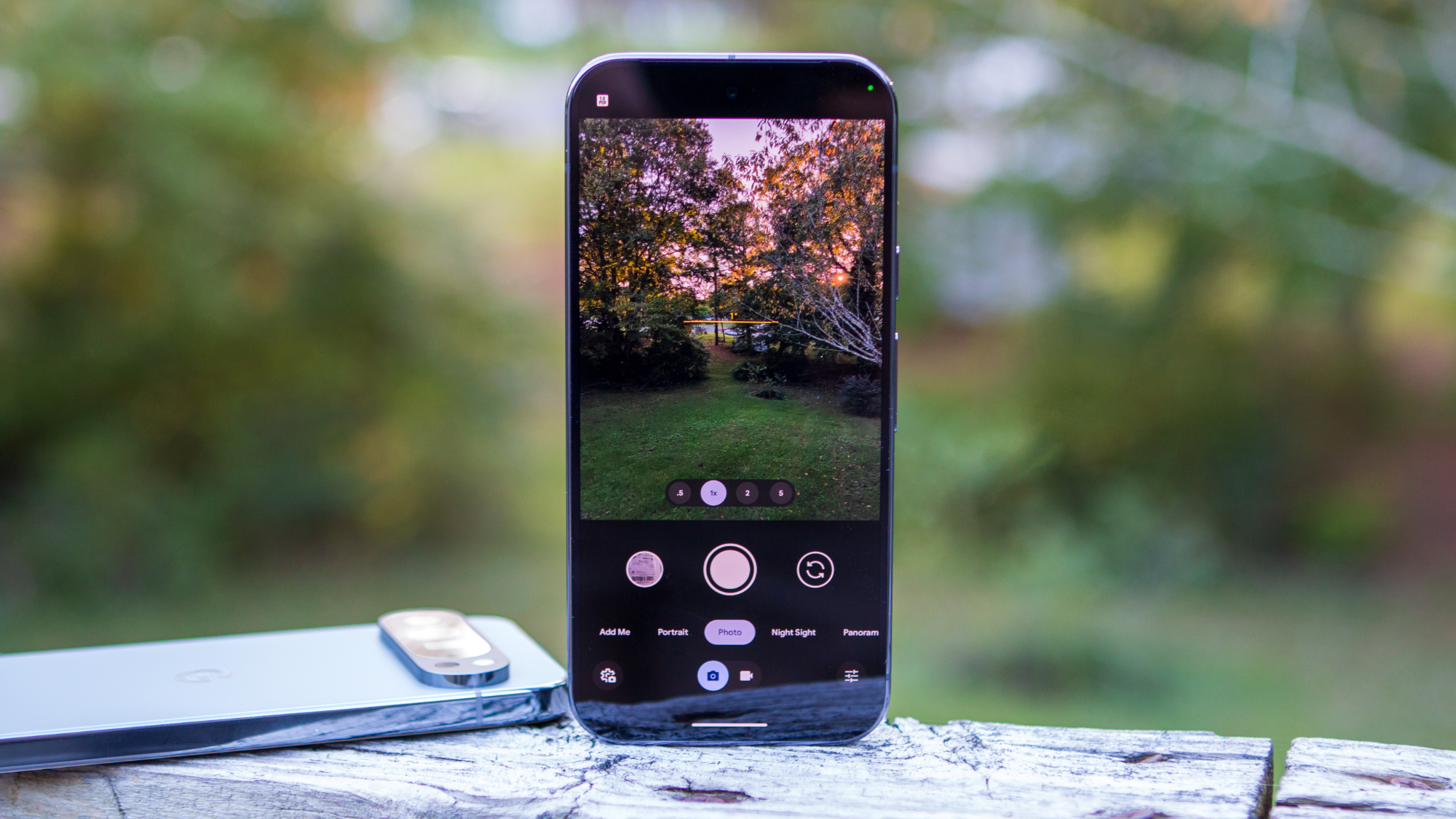
Comparatively, the Google Pixel 9 Pro is made from aluminum and comes in Porcelain, Rose Quartz, Hazel, or Obsidian. In his Pixel 9 Pro review, Sutrich notes that the phone is flat in design, which is a personal preference if you like that set-up.
It has a smaller 6.3-inch Super Actua LTPO OLED screen that boasts a lower resolution at 2,856 x 1,280. But you do get up to 2,000 nits brightness and up to 3,000 nits peak brightness, so you can comfortably view the screen in all conditions, including direct sunlight. The screen is made of scratch-resistant Corning Gorilla Glass Victus 2 and the phone is IP68 dust and water-resistant with a fingerprint coating as well.
Available with 128GB, 256GB, 512GB, or 1TB storage, you may appreciate the larger storage options should you want to store more locally versus the cloud. Neither phone, it should be noted, has a microSD card expansion slot.
With the 4,700mAh battery, you get up to 24 hours of battery life per charge and up to 100 hours in Extreme Battery Saver mode. It supports fast charging with the separately purchased Google 45W USB-C charger, fast wireless charging, and Battery Share.
The phone is smaller, of course, since it has a much smaller screen, but it’s also slightly thicker and heavier. It has fingerprint and face unlock, along with plenty of safety features like crisis alerts, car crash detection, safety checks, and more. You also get Google VPN included along with the Titan M2 security chip.
Enjoy up to seven years of OS and security updates, along with frequent Pixel Drop updates.
Samsung Galaxy S25 Plus vs. Google Pixel 9 Pro: The specs
Let’s look at the specs of these two phones in a side-by-side comparison.
| Row 0 - Cell 0 | Samsung Galaxy S25 Plus | Google Pixel 9 Pro |
OS | Android 15, One UI 7 | Android 14 |
Colors | Icybue, Navy, Mint, Silver Shadow | Obsidian, Porcelain, Rose Quartz, Hazel |
Screen Size | 6.7 inches | 6.3 inches |
Screen Resolution | 3,120 x 1,440 | 2,856 x 1,280 |
Screen Type | Dynamic AMOLED 2x | Super Actua OLED LTPO |
Refresh Rate | 1-120Hz (adaptive) | 1-120Hz (adaptive) |
Processor | Snapdragon 8 Elite for Galaxy | Google Tensor G4 |
RAM | 12GB | 16GB |
Storage | 256GB, 512GB (not expandable) | 128GB, 256GB, 512GB, 1TB (not expandable) |
Cameras | 50MP Wide AF OIS, 12MP Ultra-Wide, 10MP 3x Tele AF OIS, 12MP Wide AF | 50MP Octa PD wide, 48MP Quad PD ultra-wide, 48MP Quad PD Telephoto, 42MP Dual PD Selfie Camera |
Speakers | Stereo Speakers | Stereo Speakers |
Battery | 4,900mAh | 4,700mAh |
Wireless Charging | Yes | Yes |
Bluetooth | 5.4 | 5.3 |
Water Resistance | IP68 | IP68 |
Cellular | 5G | 5G |
Size | 75.8 x 158.4 x 7.3mm | 72 x 152.8 x 8.5mm |
Weight | 190 grams | 199 grams |
Samsung Galaxy S25 Plus vs. Google Pixel 9 Pro: Features and functions

The Samsung Galaxy S25 Plus runs on the Snapdragon 8 Elite for Galaxy processor, making it a fast and snappy phone. Samsung says this processor, the most powerful to date in a Galaxy phone, boosts performance significantly and allows the phone to process more AI experiences on-device versus via the cloud, including features like Generative Edit.
It comes loaded with Android 15 and One UI 7 out of the box, along with all the Galaxy AI goodies you would expect. This includes a new feature: cross-app action with AI Agent, which lets the phone perform actions on the user's behalf. When playing with the AI Agent, Sutrich found that it worked well, even calling up details he wanted from an hour-long recipe video without issue. Lee found that Google Gemini results are hit or miss, depending on what you ask. But it worked well to summarize a video and read his flight details then add them to his calendar.
Upgrades with Samsung One UI 7 include a number of new features. There’s Now Brief that shows AI-powered insights for sleep, weather, daily schedule, and more. Auto Suggestions suggest things you can do to be more productive, like turning on a compatible smart washing machine based on your usual routine or turning on maps to navigate to a destination. With Multimodal Search, you can do things like hum a song you don’t remember the name of.
Samsung says the phone can now perform actionable searches with awareness of context, and you can easily switch between apps. Circle to Search also now recognizes phone numbers, e-mail addresses, and URLs on screen, so you can trigger a call, message, or web search with a single tap. It also boasts improved natural language understanding.
Lee's favorite new feature with One UI 7, which he overall loves, is the vertical scrolling app drawer, though note that you will have to manually enable it by changing to "alphabetical sorting" to enjoy. "Overall," he adds, "One UI feels incredible to use," with scrolling, swiping, and expanding feeling buttery smooth. One issue he does have is the fact that Samsung doesn't enable a lot of the best features out of the box, so you'll need to spend some time going through settings and manually doing this. This even includes the QHD+ screen setting!
With 12GB RAM, you can multitask to your heart’s desire, enjoy mobile gaming, stream and capture high-res videos, and more. Speaking of which, there’s also an improved cooling system, Vulkan Engine, and improved Ray Tracing, which gamers especially will appreciate. Lee was pleasantly surprised with its cooling capabilities while playing games, with the phone only ever getting slightly warm. He says it's cooler than most when mobile gaming.
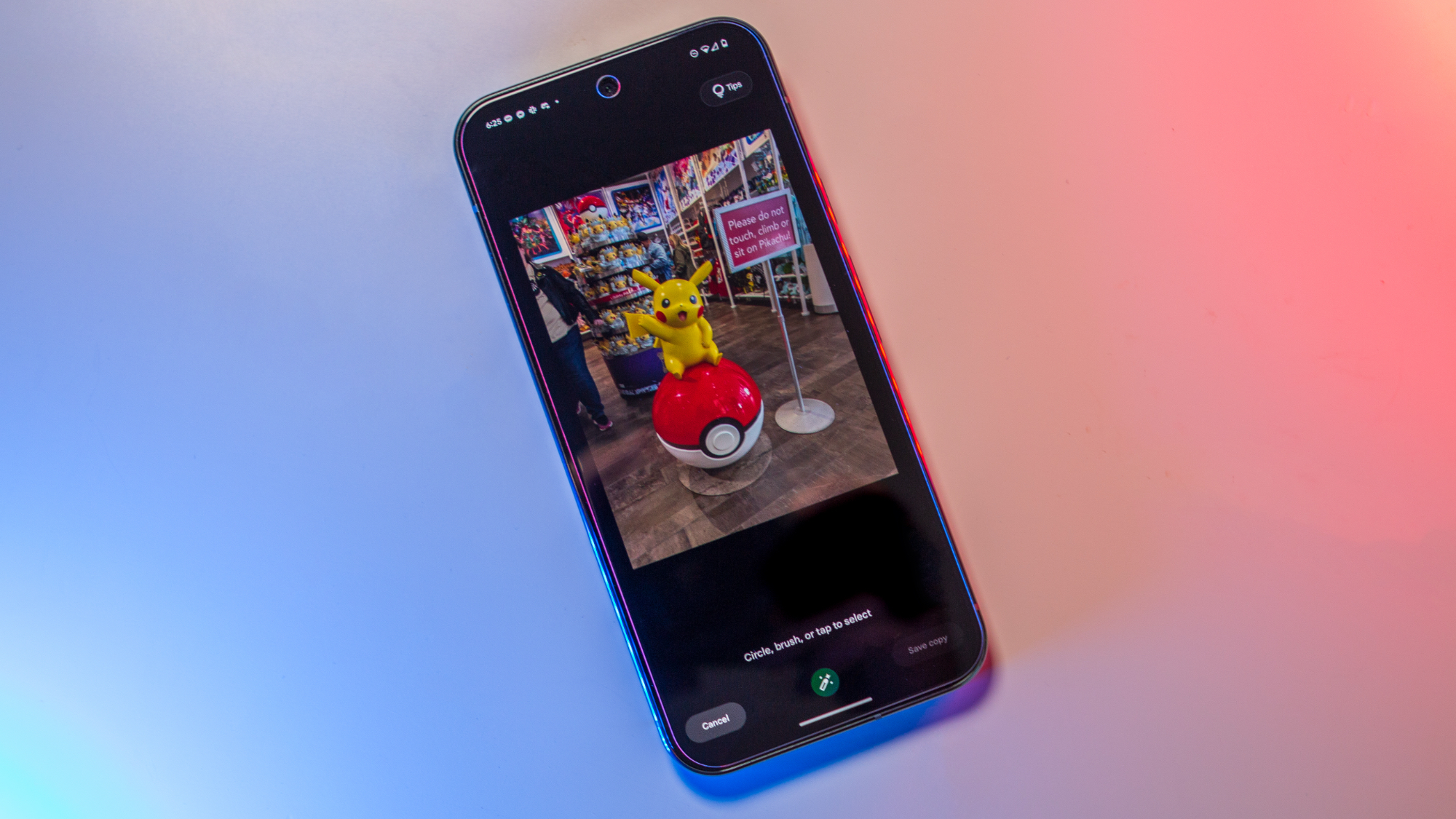
Looking at the Google Pixel 9 Pro, it’s an older phone that launched with Android 14, but it’s still updateable to Android 15 and beyond. It has more RAM at 16GB and comes equipped with the Google Tensor G4 processor alongside the Titan M2 security coprocessor.
You get tons of AI features with this phone as well, including instant access to the Gemini AI assistant, features like Circle to Search, and more. So, with both phones, you’re getting a premium AI experience with the ability to do things like summarize e-mails, get help composing content, create images, and more. It’s worth noting that this phone comes with Gemini Advanced for free for the first year, which allows you to try out all the features and functions before committing to a subscription if desired.
Other new features include more intelligent screenshots with a new app that even allows you to search for details within a screenshot, a new Pixel Weather app with a new UI and headliner AI summary feature, Pixel Studio for creating images from text prompts, and Call Notes for summarizing a phone call and delivering a transcript at the end.
Samsung Galaxy S25 Plus vs. Google Pixel 9 Pro: The camera experience
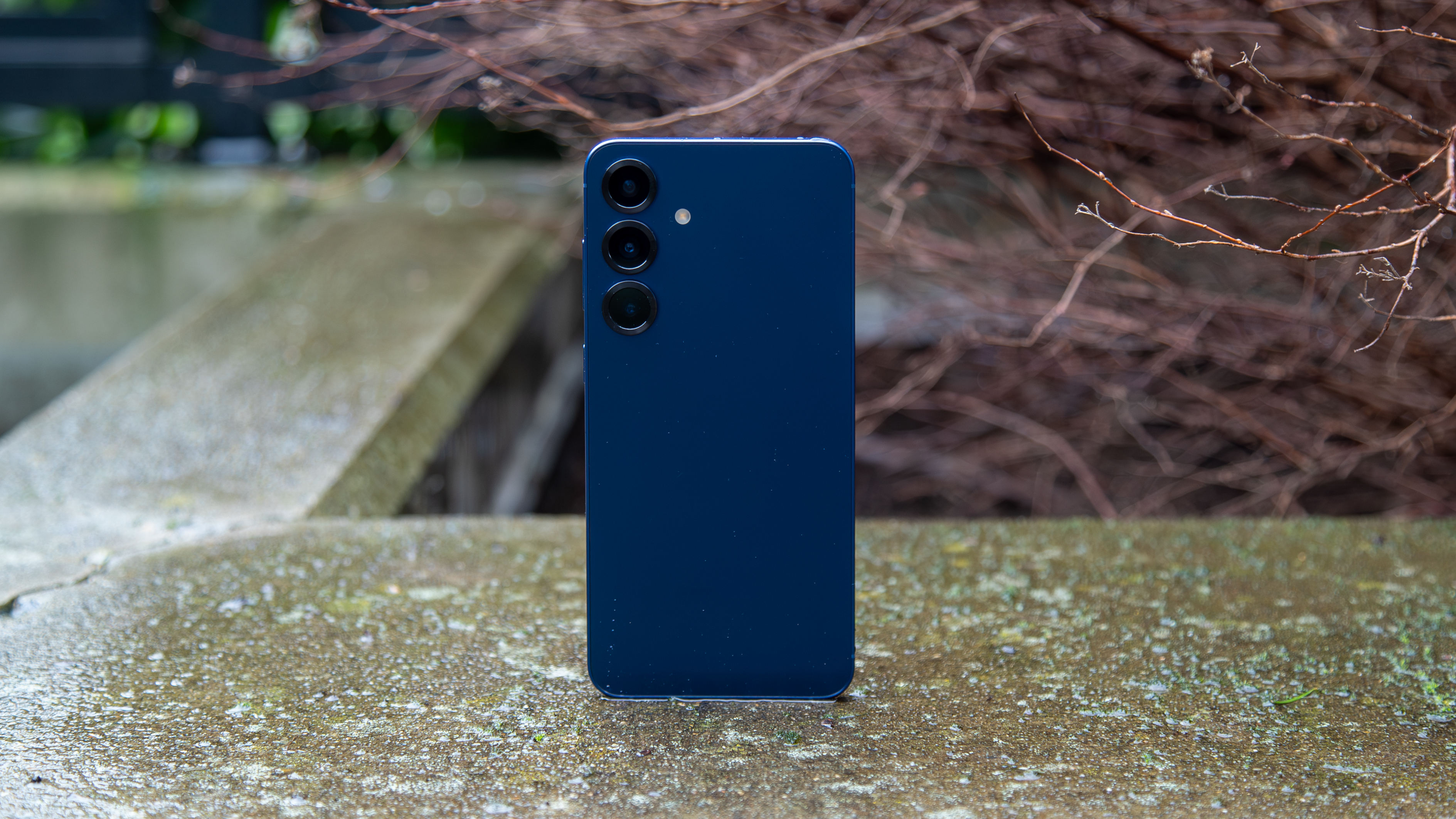
The camera experience is key for smartphone owners now that our phones double as our on-the-go content capture devices. The Samsung Galaxy S25 Plus has some serious camera power, though it remains largely unchanged from the Galaxy S24. This is led by the 50MP wide AF OIS main camera, which is complemented by a 12MP ultra-wide camera and a 10MP 3x tele AF OIS camera. There’s also 30x space zoom, so you can get up close and personal with subjects without losing too much detail.
Additionally, you’ll find a 12MP wide AF “selfie” front camera for taking great self-portraits and group shots. The phone can also record 4K video at 60 frames-per-second and has the ProVisual Engine. You’ll also find features like HDR portraits, nightography, and even zebra pattern.
Lee says the main camera takes "respectable" photos that are crisp and vibrant. They aren't fantastic, but the results will be sufficient for most everyday phone camera users. The same goes for the ultra-wide and telephoto cameras, though he finds that there's more contrast than he would like in many photos while low light photos still come out pretty dark. Additionally, he finds that the bokeh effect doesn't feel as natural as with other premium phones.
There are new ways to create and edit photos and videos using all the same AI features you found in the previous generation phones, like the Samsung Galaxy S24, as well as new features. Audio Eraser, for example, removes background noise and conversations in videos and isolates the sounds you want. Sutrich found that it works quickly and well.
With Auto Trim, you can remove things like excessive “ums” in your speech as well as blank spaces. You can even use keywords, and AI will determine which clips or sound bites can be removed from the video before the final edit. Nighttime videos have been improved as well, affording better capture of moving subjects without under- or over-exposing the rest of the video.
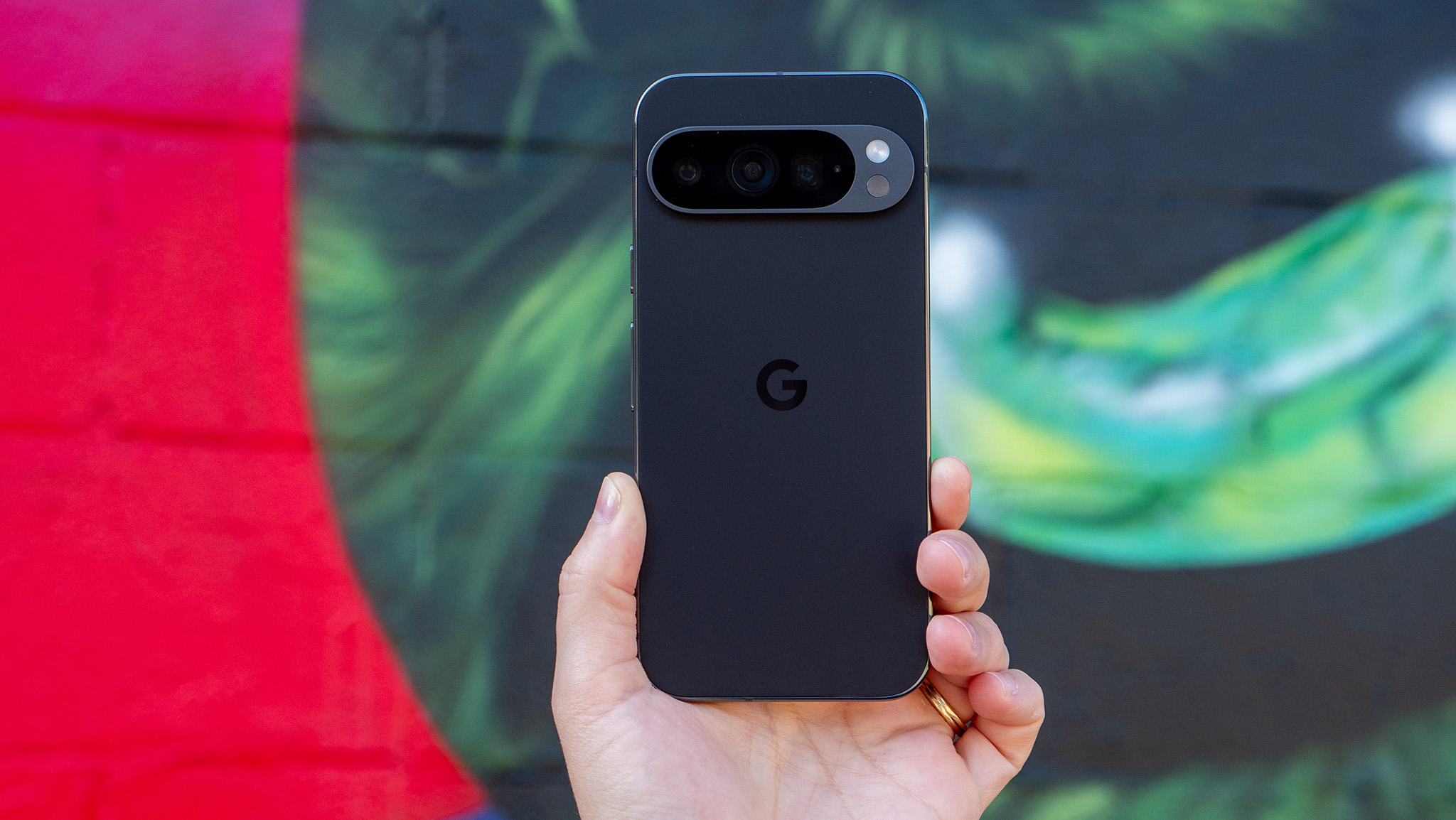
As for the Google Pixel 9 Pro, it has a pro triple rear camera system with a 50MP wide camera, 48MP ultra-wide camera with Macro Focus, 48MP 5x telephoto lens, Super Res Zoom up to 30 x, and an impressive 42MP dual PD selfie camera with auto focus.
You get tons of pro controls and AI editing features for both photos and videos, from Night Sight to Astrophotography, portrait mode, Face Unblur, and more. Editing features include Google Pixel favorites like Magic Editor, Magic Eraser, Best Take, Photo Unblur, and Zoom Enhance. Sutrich’s favorite feature with this phone is called Add Me, which allows the photographer to add themselves to a group photo in post-editing using augmented reality. “The result was astounding and incredibly convincing,” he said of using this feature.
For videos, you can capture up to 8K video at 30 frames per second, with Video Boost coming soon to further enhance content capture. There’s also 20x Super Res Zoom Video. This phone has a similar Audio Magic Eraser feature along with other intelligent features to ensure you get the best video capture possible.
Samsung Galaxy S25 Plus vs. Google Pixel 9 Pro: Which should you buy?
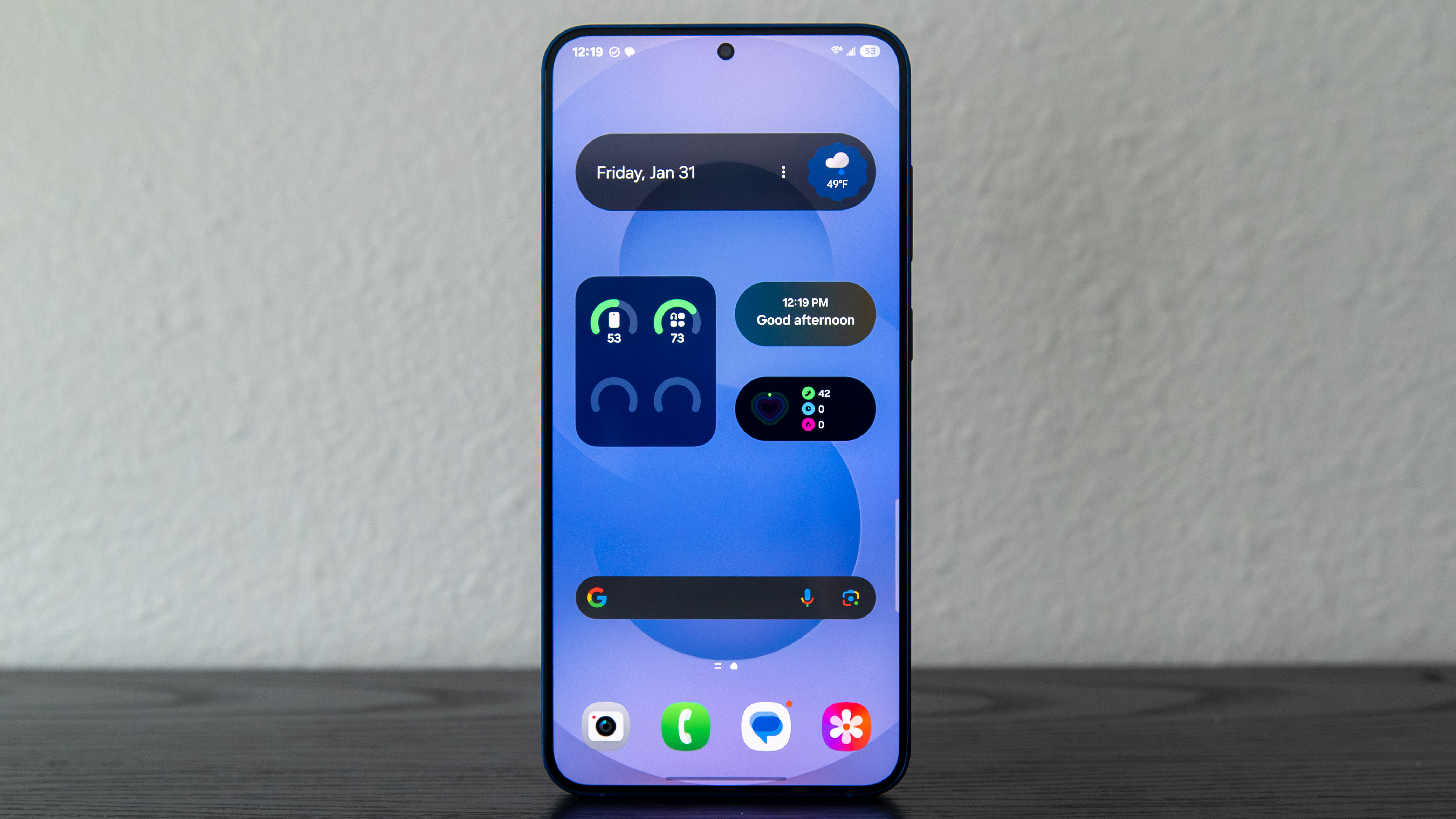
Now comes the big decision: which should you buy, the Samsung Galaxy S25 Plus of the Google Pixel 9 Pro? Usually, the argument would suggest that the Google Pixel phone is cheaper, but Samsung has managed to bring the price to a reasonable level for this phone. In fact, it falls right in line with the Google Pixel 9 Pro when it’s on for its regular price (though you can often find the latter on sale).
So, when you take price out of the equation, you really need to get down to the nitty-gritty. Both phones rely heavily on AI perks. With Samsung integrating Google’s Gemini, which is, of course, also in the Google Pixel, you aren’t getting a leg up with the Galaxy S25 Plus. You are, however, getting a larger-screened phone with some additional Samsung-specific features that come with One UI 7. If these are ones you’d use, it might sway your decision.
However, the Google Pixel 9 Pro is still a solid phone with a lot of life left in it and plenty of impressive Google AI smarts, along with a snappy processor and even more RAM. With the option to get up to 1TB of built-in storage by paying a bit more, that could be a dealbreaker for some.
The familiar Samsung experience, the higher-res screen, the effective cooling for gamers, the Samsung One UI, and the larger screen are all compelling reasons to opt for the Samsung Galaxy S25 Plus. We can’t speak to the cameras yet until we conduct an extensive review. But for now, Google has Samsung beat when it comes to the front camera, while the others are relatively in sync.
It will come down to form factor, design, and platform. If you want a smaller phone, go with the Google Pixel 9 Pro. If you want something bigger and you’re familiar with and love the Galaxy interface, upgrade to the Samsung Galaxy S25 Plus if you’re still rocking a Galaxy phone that’s several years old. It will likely take the place of the Samsung Galaxy S24 among the best Android phones (or its smaller Samsung Galaxy S25 sister device). Keep in mind that if you want a smaller screen within the Galaxy family, you can also consider the near-identical Samsung Galaxy S25. Just keep in mind that it has a smaller battery and only goes up to 256GB of storage.
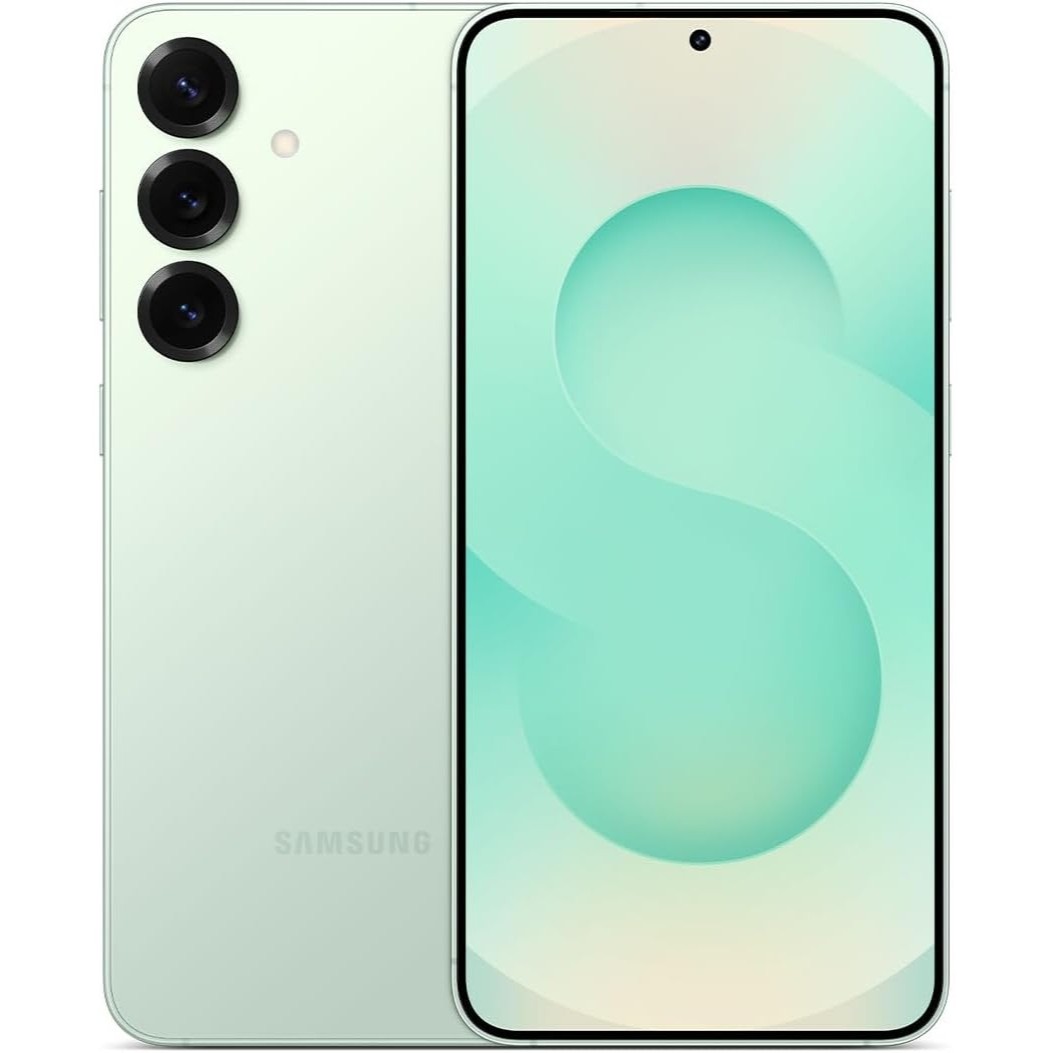
Bigger, better, faster, stronger
The Samsung Galaxy S25 Plus is an overall bigger phone with an ultra-fast processor, big battery, superior cooling, and decent cameras. With native AI integration thanks to the processor and Samsung Galaxy One UI, you'll get the most futuristic experience possible.

Fabulous AI experience, too
The Google Pixel 9 Pro is still a strong contender in the premium phone space. If you want a smaller screen and are happy with all the AI goodies Google has to offer, including Gemini, you'll be pleased with this phone, too. With support for as many years, you can't go wrong.
Be an expert in 5 minutes
Get the latest news from Android Central, your trusted companion in the world of Android

Christine Persaud has been writing about tech since long before the smartphone was even a "thing." When she isn't writing, she's working on her latest fitness program, binging a new TV series, tinkering with tech gadgets she's reviewing, or spending time with family and friends. A self-professed TV nerd, lover of red wine, and passionate home cook, she's immersed in tech in every facet of her life. Follow her at @christineTechCA.
